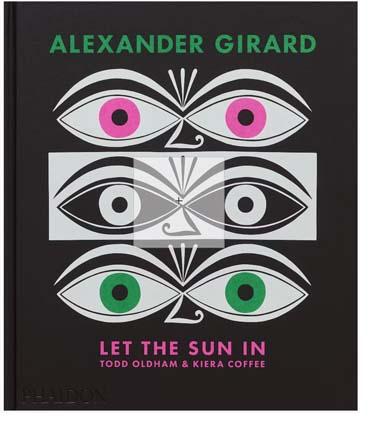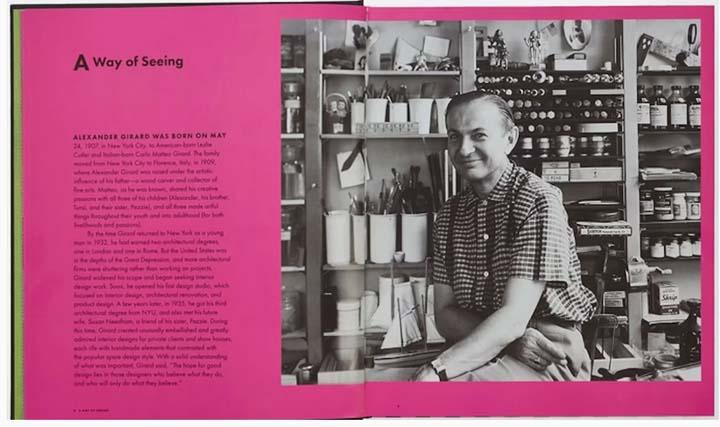The DART Holiday Book Prize
Anyone who follows this page knows that I love books. All kinds of books. Home-made flip books. Scrappy zines done on copiers running out of toner. Art books. Design books. Photo books. One-off artists books. Stands to reason, being that DART exists solely because of two very special books, American Illustratio and American Photography, which have been celebrating the best in design arts for publication for going on half a century.

This new DART Book Prize contest is my way of thanking subscribers for their continued interest and support—I love hearing from you, so please keep your messages coming—and let me know what you’d like to see more of in theses page.
The prize is a beautiful book from Phaidon: Alexander Girard: Let the Sun In [new; shrink wrapped]
All you have to do to get into the drawing is:
Be a subscriber
Reply to this email with the following info:
• Subject: I LOVE ART BOOKS
• Include your name, mailing address, your affiliations, Instagram and/or website [none of your info will be shared anywhere]
• Deadline: Wednesday, December 17.
The winner will selected through a blind drawing at AI-AP HQ and will be announced before the holidays.
The book can be shipped to continental United States only.
Cheers,
Peggy
Alexander Girard: Let the Sun In is a comprehensive 2024 monograph by Todd Oldham and Kiera Coffee, published by Phaidon, that explores the vibrant and diverse work of mid-century designer Alexander Girard. The book covers his prolific output across textiles (especially for Herman Miller), furniture, interiors (like La Fonda del Sol), graphics, and more, featuring over 800 images, many previously unpublished, drawn from extensive archival research. It highlights Girard's signature use of bold color, pattern, and playful geometric forms, showcasing his wide-ranging impact on modern design.


